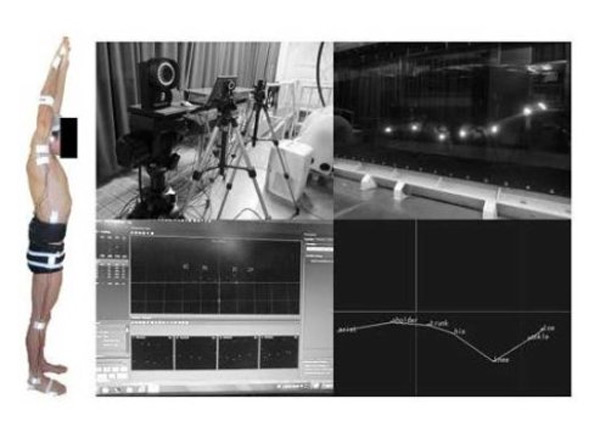
Professor Hideki Takagi, at the Faculty of Health and Sport Sciences at the University of Tsukuba and his colleagues, through joint research with Descente Ltd., have succeeded in developing a new high-performance swimsuit with a “kick assist system” that improves the power of the dolphin kick.
High-speed swimsuits, which made their appearance at the 2008 Olympics in Beijing, were the driving force behind a barrage of new world records. However, the International Swimming Federation changed the rules significantly in 2010 due to a concern that swimming races were not being won by superior swimming techniques but by superior swimsuits, and the ruling body imposed strict regulations. These restrictions greatly narrowed the scope of swimsuit development and all but eliminated hope for improving swimsuit performance.
To make a breakthrough under these conditions, the research group went back to the drawing board and put their heads together to figure out what exactly about a swimsuit allows a swimmer to go faster. They came up with these questions: “What are the characteristics of the swimming motions of the most elite competitive swimmers?” and “What kind of performance does a swimsuit need to have for it to facilitate non-elite swimmers in trying to achieve that motion?” Based on these two perspectives, the lab then began developing new high-performance swimsuits.
To elucidate the motions used in fast swimming, a state-of-the-art underwater motion analysis system and underwater myoelectric analysis system at the University of Tsukuba were put to use. It was decided to narrow the focus of the swimming motion to the dolphin kick used by nearly all swimmers at the start of a race and after turns. Once they had analyzed the characteristics of the dolphin kick of the most elite competitive swimmers, they began looking into material development, shapes, and designs, etc., to give swimsuits the performance needed to assist that motion.
The new swimsuit produced from this research is due to be released as Aquaforce Lightning, under the Arena brand.
The study done by University of Tsukuba.